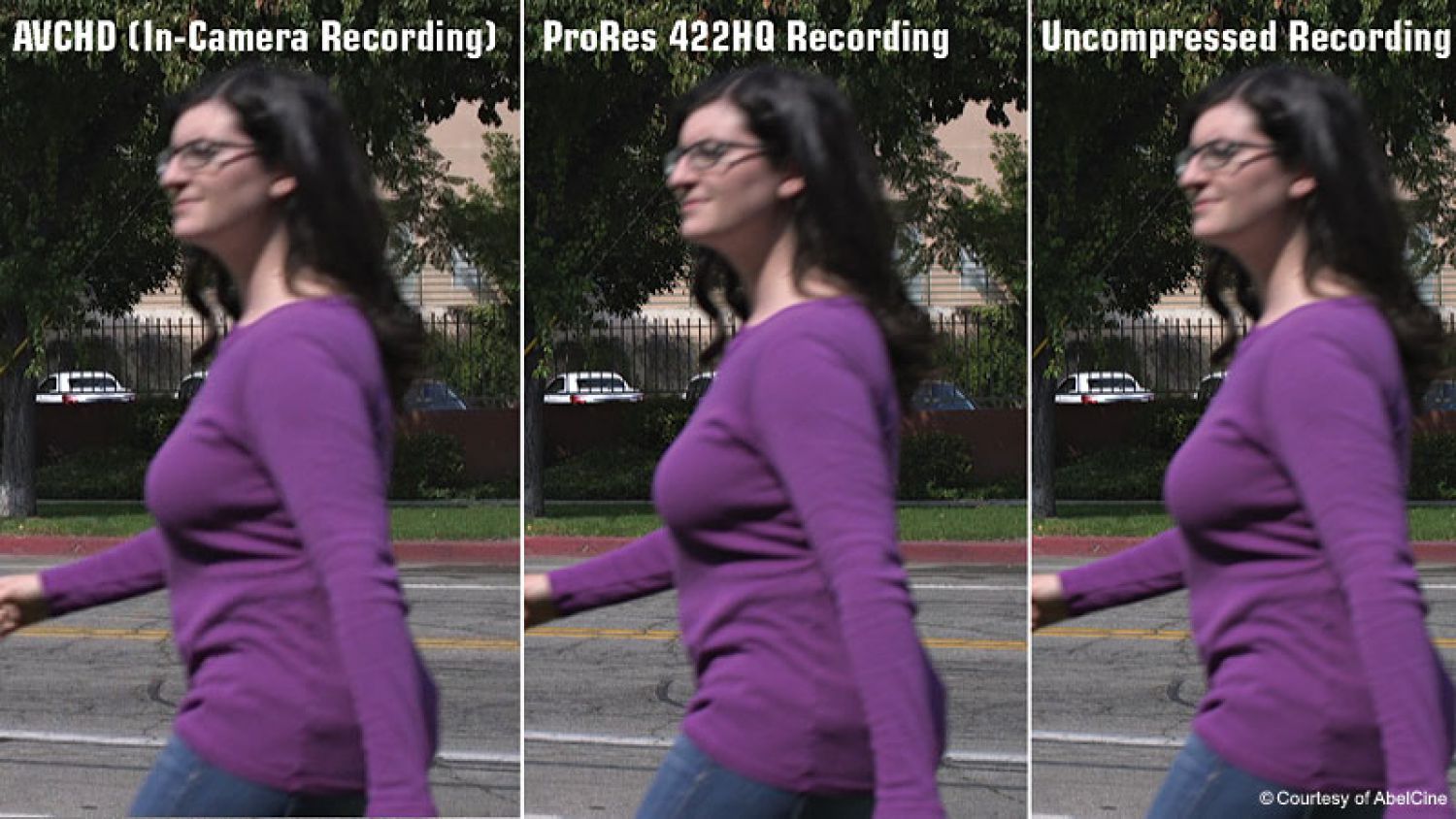
Jessica Dimmock, one of the photojournalists from VII Photo, explained that she used a Canon C100 combined with an Atomos Ninja Blade, specifically to capture ProRes files that are higher quality than the camera's internal recording. After the workshop, I continued to receive questions about the specifics of compression and recording formats, which led to my latest HDVideoPro Help Desk article.
In this article I wanted to show a more visual representation of the difference between internal compression and external ProRes recording, so that you can easily understand what is gained or lost when choosing one or the other. I also go into more detail on the actual methods of compression, as well as the practical ramifications of uncompressed recording. Often when people are trying to get their heads around various recording formats, the real question is: how will my footage look? As you can see from the image at the top of the post, sometimes the differences aren't immediately obvious. However, with today's expectation for high-quality video on every screen, it's worth it to consider all your choices carefully. Read the full article to understand how these choices impact your production.
Want to learn even more about compression, codecs, shooting Raw vs. Log, and more? Check out our Core Concept workshops available online!

















